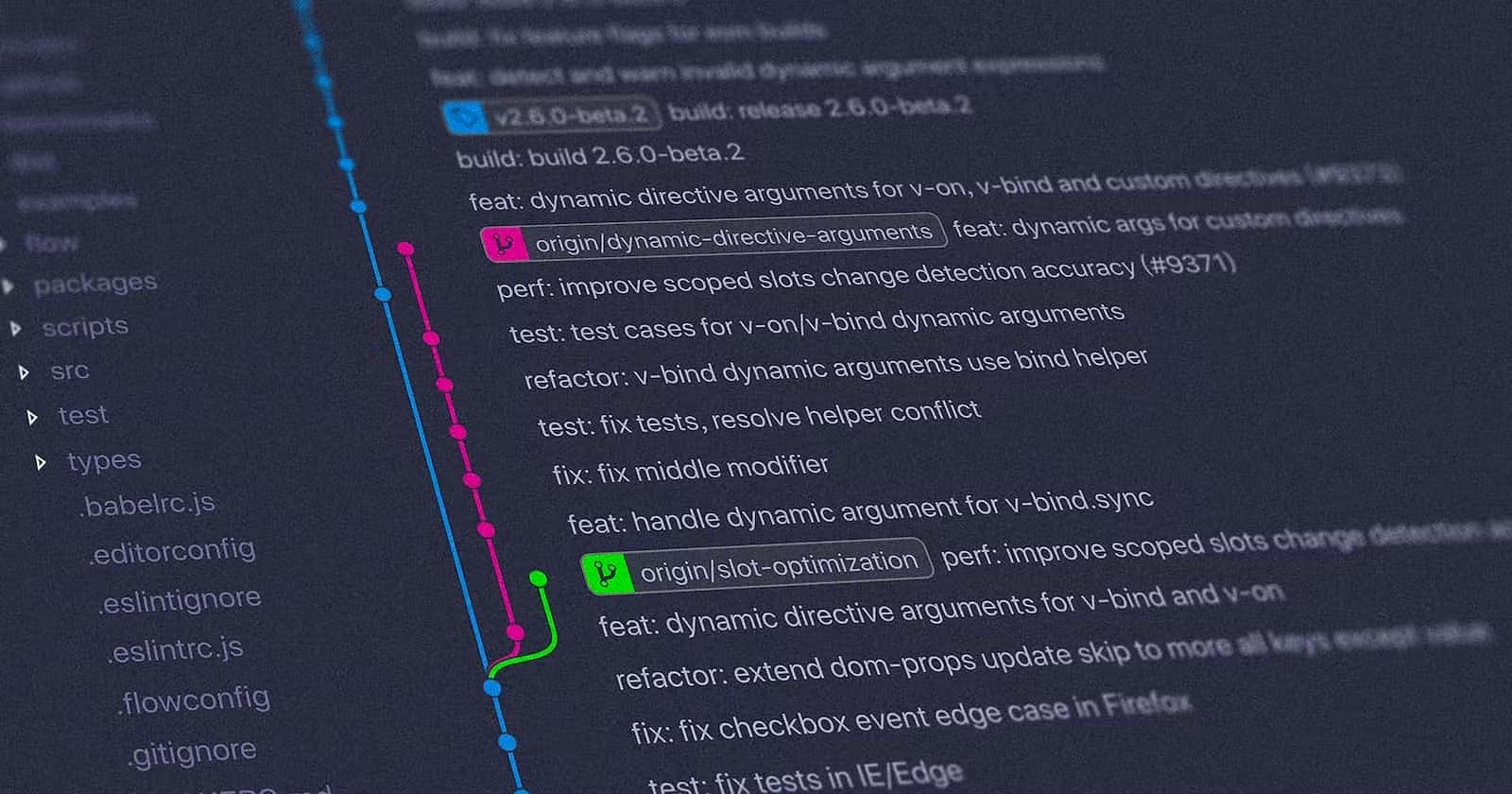We all have already learned that a good git commit message definitely matters for each and every Software Engineer’s daily life. A well-crafted git commit message is the best way to communicate context about a change. A difference will tell you what changed, but only the commit message can properly tell you why. So the developer can take an initiative to perform what to do next.
A good commit message should answer three questions about a patch:
Why is it necessary? It may fix a bug, it may add a feature, may improve performance, reliability, stability, or just change for the sake of correctness.
How does it address the issue? For short obvious patches, this part can be omitted, but it should be a high-level description of what the approach was.
What effects does the patch have? (In addition to the obvious ones, this may include benchmarks, side effects, etc.)
So I hope everyone is writing proper git commit messages for his day-to-day work. But if a large number of teammates managing a large-scale project where different types of new features are coming, at the same time existing features modifications are continuing while bug fixing is a continuous process, at that time git commit message convention is important to follow.
Having a proper commit message convention is important for several reasons:
Consistency: A proper commit message convention ensures that all commits to follow the same format, making it easier to read and understand them. This consistency also makes it easier to search for specific commits and understand their context.
Clarity: A proper commit message convention provides clear and concise information about the changes made to the codebase. This makes it easier for other developers to understand what was done and why.
Automation: Some tools, such as Continuous Integration (CI) systems, rely on commit messages to trigger automated tasks. Having a consistent and clear commit message convention can make it easier to automate certain tasks, such as running tests or deploying code.
Maintenance: Over time, codebases can become very complex. A proper commit message convention helps maintainers understand the evolution of the codebase and can make it easier to make changes in the future.
Debugging: Good commit messages make it easier to debug problems in the code. When a problem is discovered, a developer can use the commit messages to identify when and where the problem was introduced
Documentation: A proper commit message convention can serve as a form of documentation, providing a history of changes made to the codebase. This can be especially helpful for developers who are new to the project or who need to get up to speed quickly.
A well-crafted commit message convention: Having a consistent and clear Git commit message convention is important for maintaining a productive development environment and facilitating collaboration among team members. Let’s see how we can manage the proper git commit message convention:
Format[For Git GUI]:
>>APP/SYS
ADD/MOD/REF/DEL: <AppName> message goes here.
Explanation:
If the commit is relevant to the application, then APP.
If that's relevant to the system, then SYSTEM.
ADD : to add some piece of code
MOD : to modify
REF : to refactor
DEL : to delete
Example[For command line]:
git commit -m ">>APP\nADD: <Permissions> User role wise permission management added."
Explanation: Permissions is an app/module/directory name.
Overall, a proper git commit message convention is an important part of maintaining a healthy and productive development environment. It ensures consistency and clarity, helps automate tasks and provides a valuable source of documentation for future development.

